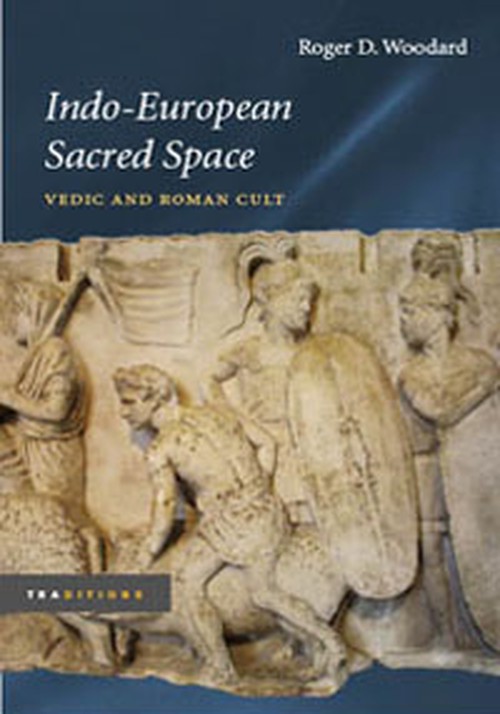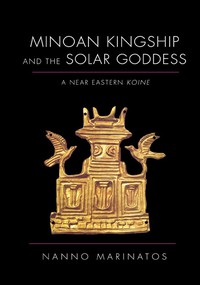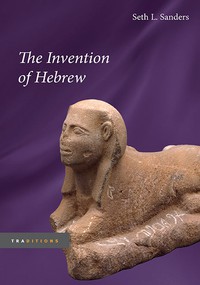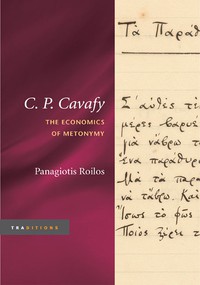
Indo-European Sacred Space
Vedic and Roman Cult
Explaining the survival of Proto-Indo-European cultic spaces in Vedic India and ancient Rome
Cloth – $54
978-0-252-02988-2
eBook – $19.95
978-0-252-09295-4
Publication Date
Cloth: 09/25/2006
Series: Traditions
About the Book
In Indo-European Sacred Space, Roger D. Woodard provides a careful examination of the sacred spaces of ancient Rome, finding them remarkably consistent with older Indo-European religious practices as described in the Vedas of ancient India. Employing and expanding on the fundamental methods of Émile Benveniste, as well as Georges Dumézil's tripartite analysis of Proto-Indo-European society, Woodard clarifies not only the spatial dynamics of the archaic Roman cult but, stemming from that, an unexpected clarification of several obscure issues in the study of Roman religion.Looking closely at the organization of Roman religious activity, especially as regards sacrifices, festivals, and the hierarchy of priests, Woodard sheds new light on issues including the presence of the god Terminus in Jupiter's Capitoline temple, the nature of the Roman suovetaurilia, the Ambarvalia and its relationship to the rites of the Fratres Arvales, and the identification of the "Sabine" god Semo Sancus. Perhaps most significantly, this work also presents a novel and persuasive resolution to the long standing problem of "agrarian Mars."
About the Author
Roger Woodard is Andrew V. V. Raymond Professor of the Classics and professor of linguistics at the University of Buffalo, SUNY. Among his many books are Greek Writing from Knossos to Homer and The Cambridge Encyclopedia of the World's Ancient Languages.Reviews
"Woodard fashions a point-by-point comparison between classical Latin and Greek accounts of certain archaic Roman ceremonies that demarcate, celebrate, and hallow civic space . . . and some of the many painstakingly detailed prescriptions for sacrifice in which the brahmanic literature of ancient India abounds."--Indo-European Studies Bulletin"A stimulating, thought-provoking, and structured account of what can appear to be random and inexplicable details in the synchronic system, a way of thinking 'outside the box' of a single culture."--Journal of the American Oriental Society
"A great and beautiful book."--History of Religions




